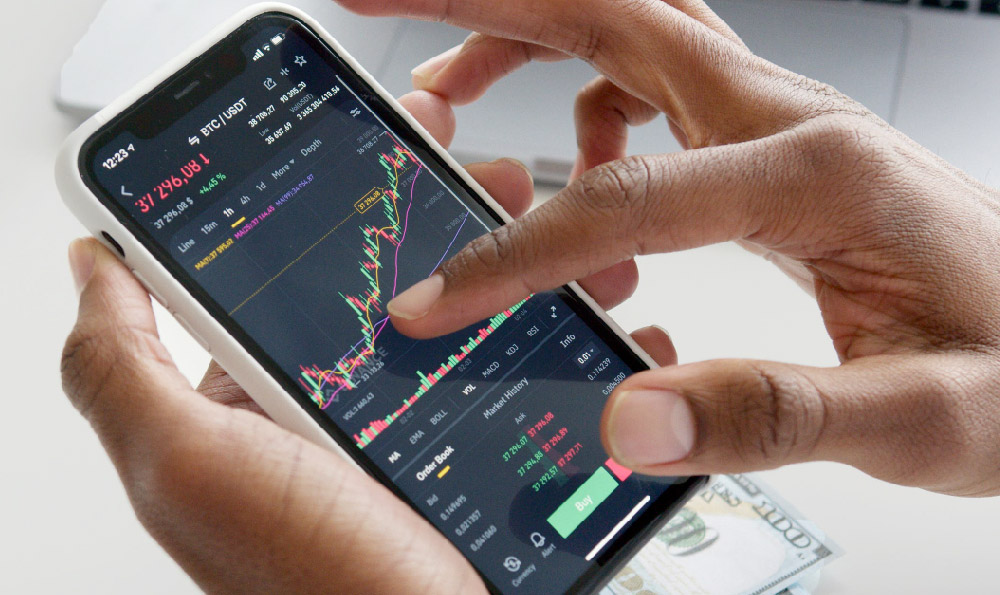
Alright, let's delve into the multifaceted world of influencer income. Understanding how influencers earn is crucial, not just for aspiring content creators, but also for investors looking to grasp the dynamics of the digital marketing landscape. Influencers, at their core, are individuals who have cultivated a significant and engaged audience on various social media platforms. Their influence stems from their perceived authenticity, expertise, or relatability, making them valuable assets for brands seeking to reach specific target demographics.
The primary source of income for most influencers is sponsored content, also known as sponsored posts, branded content, or simply partnerships. This involves creating and publishing content (photos, videos, blog posts, stories, etc.) that features or promotes a brand's product or service. The influencer is compensated for their time, effort, and the reach their content achieves. The pricing for sponsored content varies wildly depending on several factors: the influencer's follower count, engagement rate (likes, comments, shares), niche, audience demographics, platform, and the specific requirements of the campaign. Micro-influencers (those with smaller, highly engaged audiences) might charge a few hundred dollars per post, while mega-influencers or celebrities can command tens or even hundreds of thousands of dollars for a single piece of content. To get a better grasp, imagine a fitness influencer with a dedicated following who partners with a protein supplement company. They might create a workout video showcasing the product and provide a discount code for their followers. This is a classic example of a sponsored post. The influencer's value lies in their ability to connect the brand with a highly targeted audience interested in fitness and nutrition.
Affiliate marketing is another significant revenue stream. Here, the influencer promotes a product or service and earns a commission for every sale or lead generated through their unique affiliate link or discount code. This performance-based model incentivizes influencers to actively drive conversions. Affiliate marketing offers a more direct link between the influencer's efforts and the resulting revenue, making it attractive to brands seeking quantifiable results. For instance, a beauty influencer might review various makeup products and include affiliate links in their video description. When viewers click on these links and make a purchase, the influencer earns a percentage of the sale. This encourages them to create engaging and persuasive content that motivates viewers to buy.

Many influencers leverage their personal brand to launch their own products or services. This could include merchandise (clothing, accessories), digital products (e-books, online courses, presets), or even physical products developed in collaboration with manufacturers. By creating their own offerings, influencers have greater control over their brand image, pricing, and profit margins. Furthermore, it allows them to build a stronger connection with their audience by offering them something unique and valuable. Imagine a travel influencer who designs and sells a line of travel journals or photography presets. This allows them to monetize their expertise and passion while providing their followers with tools and resources to enhance their own travel experiences. The key to success in this area is to identify a gap in the market or a need within their audience and create a product or service that effectively addresses it.
Advertising revenue is a relevant income source, particularly for influencers who create content on platforms like YouTube. Through the YouTube Partner Program, creators can monetize their videos by displaying ads before, during, or after their content. The revenue generated depends on factors like the number of views, ad format, audience demographics, and ad rates. While advertising revenue might not be the primary source of income for all influencers, it can provide a steady stream of passive income, especially for those who have built a substantial library of content.
Brand ambassadorships represent a longer-term partnership between an influencer and a brand. As a brand ambassador, the influencer becomes the face of the brand and promotes its products or services over an extended period. This can involve attending events, creating exclusive content, and actively engaging with the brand's audience. Brand ambassadorships typically involve higher compensation and greater responsibilities than individual sponsored posts. They require a strong alignment between the influencer's values and the brand's message.
Another, often overlooked, revenue stream is speaking engagements and appearances. Influencers can leverage their online presence and expertise to secure speaking opportunities at conferences, workshops, and other events. They can also be hired to make appearances at brand activations or product launches. These engagements provide influencers with valuable exposure, networking opportunities, and additional income. The speaking fees can vary widely depending on the influencer's reputation, the size of the event, and the length of the presentation.
Finally, selling content rights can also be a viable income source. Some influencers create high-quality photos, videos, or other content that can be licensed to businesses for use in their marketing materials. This provides influencers with an opportunity to monetize their creative work beyond their own social media channels.
It is vital to understand that successful influencers often diversify their income streams to mitigate risks and maximize their earnings. Relying solely on one source of income can be precarious, as algorithm changes or shifts in audience preferences can significantly impact their revenue. A well-rounded approach, combining sponsored content, affiliate marketing, product sales, advertising revenue, and other opportunities, ensures greater financial stability and long-term sustainability.
Furthermore, the world of influencer marketing is constantly evolving. New platforms, technologies, and trends are emerging all the time. To stay ahead of the curve, influencers need to be adaptable, innovative, and willing to experiment with new strategies. They also need to be mindful of ethical considerations and transparency, as trust and authenticity are paramount to maintaining their influence. Consumers are increasingly discerning and can quickly detect inauthentic endorsements or deceptive marketing practices. Therefore, influencers must prioritize building genuine relationships with their audience and promoting products or services that they truly believe in.





